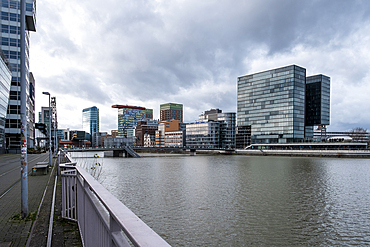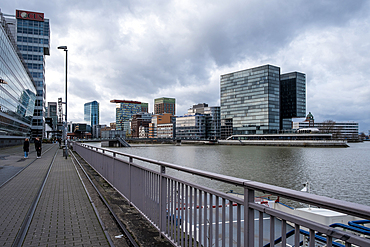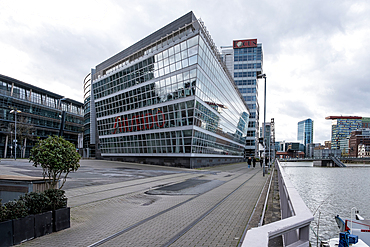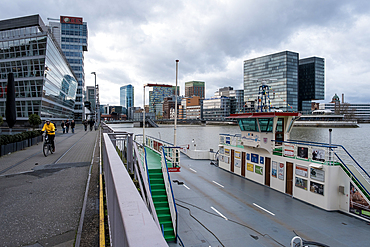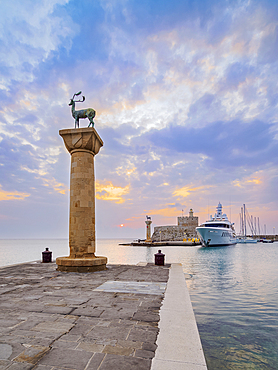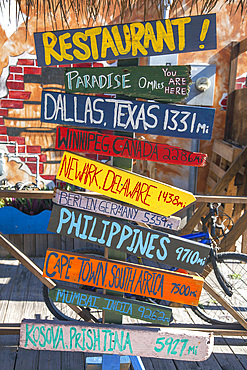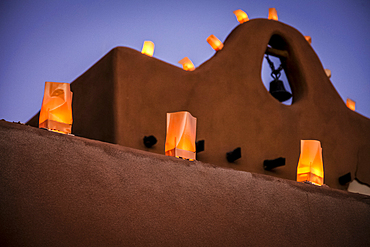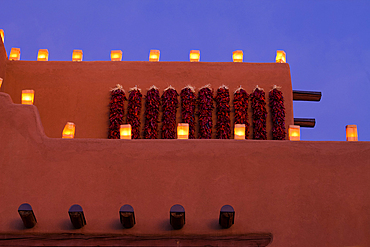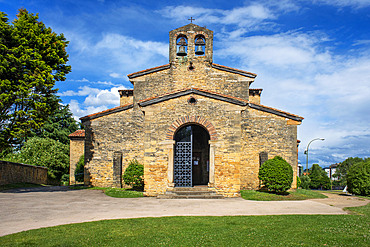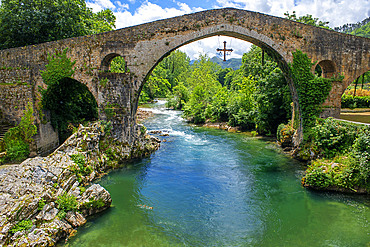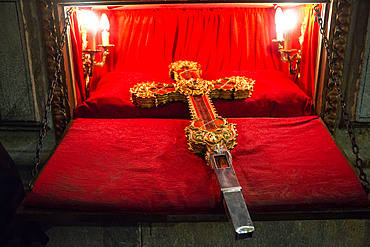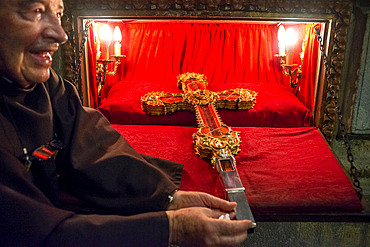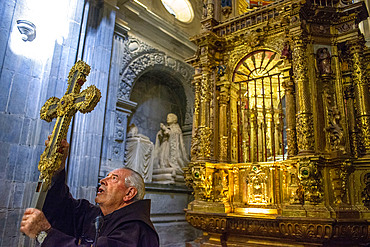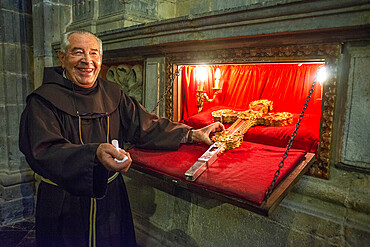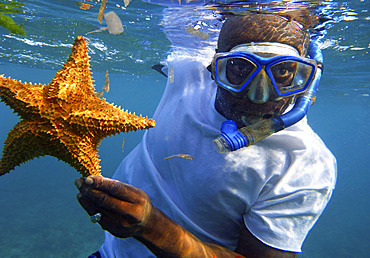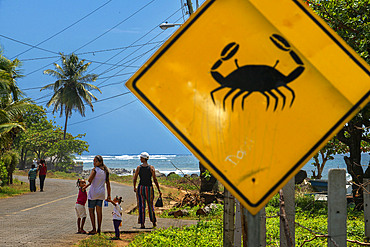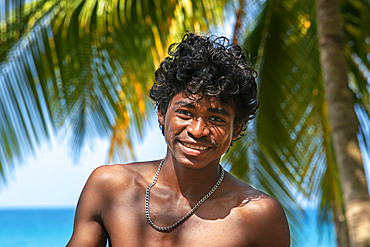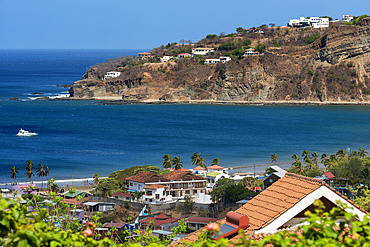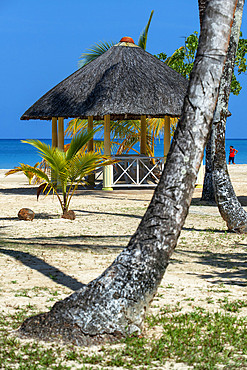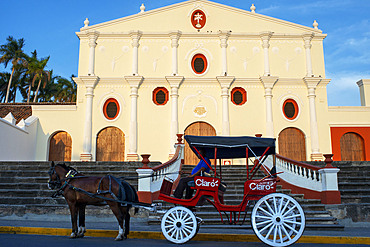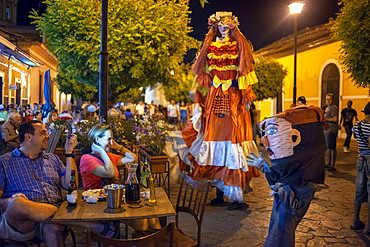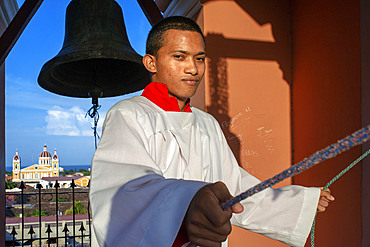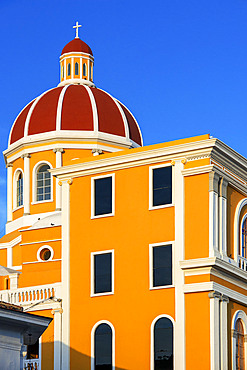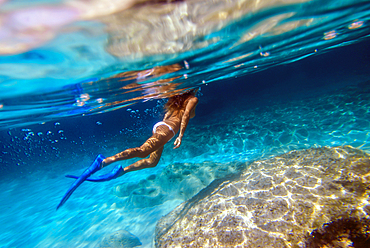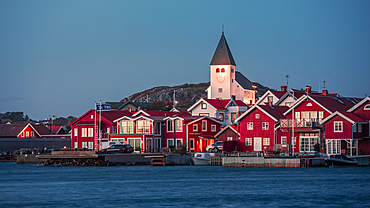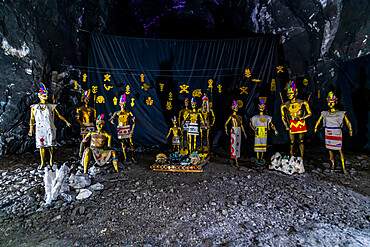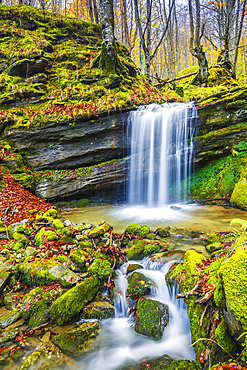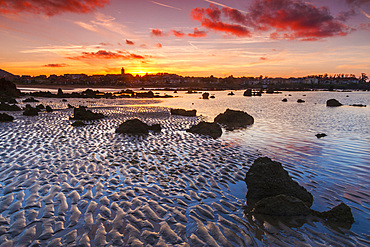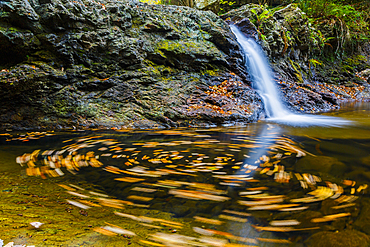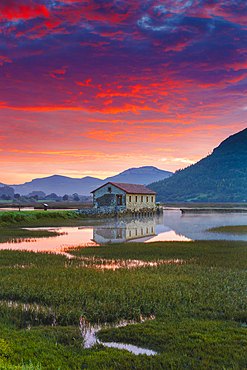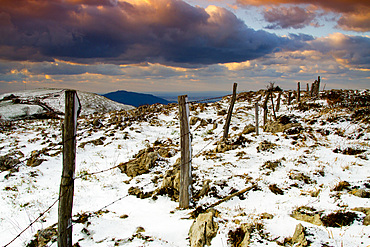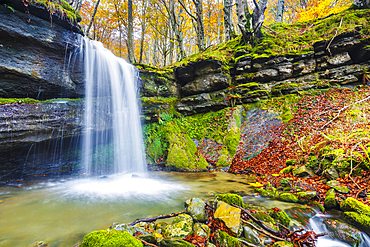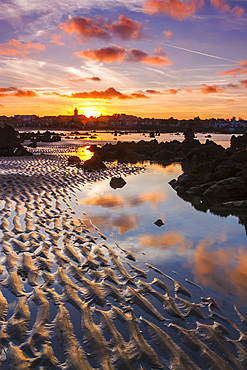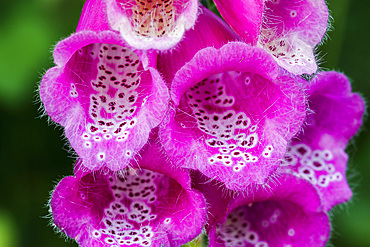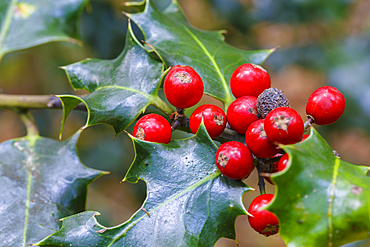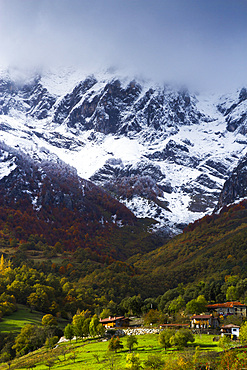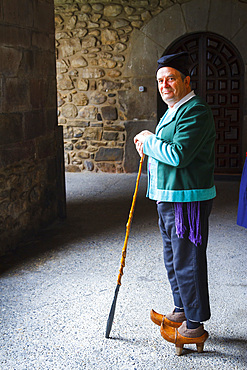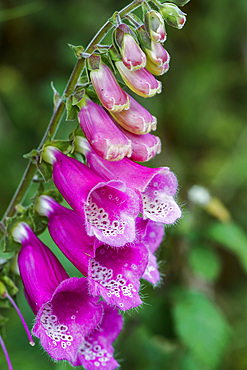Recent searches
Loading...
1373-329 - View of Düsseldorf-Hafen, an urban quarter of Düsseldorf, Germany, located on the river Rhine and the location of the city's docks.
1373-327 - View of Düsseldorf-Hafen, an urban quarter of Düsseldorf, Germany, located on the river Rhine and the location of the city's docks.
1373-326 - View of Düsseldorf-Hafen, an urban quarter of Düsseldorf, Germany, located on the river Rhine and the location of the city's docks.
1373-325 - View of Düsseldorf-Hafen, an urban quarter of Düsseldorf, Germany, located on the river Rhine and the location of the city's docks.
1373-320 - View of Düsseldorf-Hafen, an urban quarter of Düsseldorf, Germany, located on the river Rhine and the location of the city's docks.
1373-205 - Katschhof, a tree-filled square, location of festivals and markets, with the iconic Aachen Cathedral, one of the oldest cathedrals in Europe behind, Aachen, North Rhine Westphalia, Germany, Europe
1245-3029 - Deer and Doe on columns at the entrance to Mandraki Harbour, former Colossus of Rhodes location, Saint Nicholas Fortress in the background, sunrise, Rhodes City, Rhodes Island, Dodecanese, Greek Islands, Greece, Europe
1245-3007 - Deer and Doe on columns at the entrance to Mandraki Harbour, former Colossus of Rhodes location, Saint Nicholas Fortress in the background, sunrise, Rhodes City, Rhodes Island, Dodecanese, Greek Islands, Greece, Europe
1245-3004 - Deer and Doe on columns at entrance to Mandraki Harbour, former Colossus of Rhodes location, Saint Nicholas Fortress in the background, sunrise, Rhodes City, Rhodes Island, Dodecanese, Greek Islands, Greece, Europe
1373-96 - View of Piazza Palazzo di Citta, a central square built on the site of the ancient Roman city, and location of Palazzo Civico, Turin, Piedmont, Italy, Europe
1373-95 - View of Piazza Palazzo di Citta, a central square built on the site of the ancient Roman city, and location of Palazzo Civico, Turin, Piedmont, Italy, Europe
1373-94 - View of Piazza Palazzo di Citta, a central square built on the site of the ancient Roman city, and location of Palazzo Civico, Turin, Piedmont, Italy, Europe
1116-52821 - Close-up of colorful mileage signs for multiple locations at a restaurant on Grand Cayman in the Cayman Islands, Grand Cayman, Cayman Islands, Caribbean
826-780 - St. Aidan's Church, a 12th century place of worship, a key location in spreading Christianity during the Anglo-Saxon era, and its churchyard, Bamburgh, Northumberland, England, United Kingdom, Europe
826-777 - Anglo-Saxon Cross in the churchyard of St. Aidan's Church, a 12th century place of worship and a key location in the introduction of Christianity during Anglo-Saxon times, Bamburgh, Northumberland, England, United Kingdom, Europe
1311-622 - Panorama view from above Sand Hill Spring at Vermilion Cliffs National Monument, with snow covered land in the distance of the Kaibab Plateau, location of the Grand Canyon, Arizona, United States of America, North America
1178-44076 - Santa Fe New Mexico USA Rescue dog up for adoption
1178-44067 - Santa Fe New Mexico United States Tray of margaritas on the rocks
1178-44066 - Santa Fe New Mexico United States Tradional farolitos light up adobe structures
1178-44065 - Santa Fe New Mexico United States Tradional farolitos light up adobe structures
1350-6667 - Oviedo San Salvador Cathedral in Plaza Alfonso II el Casto Oviedo Asturias, Spain.
1350-6668 - Sculptures called Concordia Monument designed by Esperanza d'Ors on Plaza Carbayon in Oviedo in Asturias region, Spain. Monumento a la Concordia, sculpture by Esperanza d'Ors, 1997, Plaza Carbayon, Oviedo Asturias Spain
1350-6666 - San Julian de los Prados World Heritage Church in Oviedo, Asturias,
1350-6665 - The hump-backed "Roman Bridge" on the Sella River. Cangas de Onis, Asturias, Spain
1350-6664 - Inside Basílica de Santa María la Real de Covadonga catholic church in Cangas de Onis, Picos de Europa, Asturias, Spain, Europe.
In 1777 a fire destroyed the old temple, which stood adjacent to the Holy Cave where Our Lady of Covadonga is revered. It was then decided to raise a new church as a monumental sanctuary, raising donations from all of Spain; the plan was opposed by the local council, as the canons wanted to rebuild the temple of the Holy Cave and build an ambitious sanctuary that had once been designed by Ventura Rodríguez, but never completed. One century later, the project was resumed by King Alfonso XII of Spain, who was interested in completing this work. The classic design of Ventura Rodríguez was very difficult and expensive and was replaced by a new neo-Medieval design.
1350-6663 - Our Lady of Covadonga. The Blessed Virgin Mary, and a Marian shrine devoted to her at Basílica de Santa María la Real de Covadonga catholic church in Cangas de Onis, Picos de Europa, Asturias, Spain, Europe.
In 1777 a fire destroyed the old temple, which stood adjacent to the Holy Cave where Our Lady of Covadonga is revered. It was then decided to raise a new church as a monumental sanctuary, raising donations from all of Spain; the plan was opposed by the local council, as the canons wanted to rebuild the temple of the Holy Cave and build an ambitious sanctuary that had once been designed by Ventura Rodríguez, but never completed. One century later, the project was resumed by King Alfonso XII of Spain, who was interested in completing this work. The classic design of Ventura Rodríguez was very difficult and expensive and was replaced by a new neo-Medieval design.
1350-6662 - The cross of the monastery Santo Toribio in northern Spain gets out the holy relic, said to be part of the cross on which Jesus died Inside Santo Toribio de Liebana monastery. Liébana region, Picos de Europa, Cantabria Spain, Europe
1350-6661 - A monk at the monastery Santo Toribio in northern Spain gets out the holy relic, said to be part of the cross on which Jesus died Inside Santo Toribio de Liebana monastery. Liébana region, Picos de Europa, Cantabria Spain, Europe
1350-6659 - A monk at the monastery Santo Toribio in northern Spain gets out the holy relic, said to be part of the cross on which Jesus died Inside Santo Toribio de Liebana monastery. Liébana region, Picos de Europa, Cantabria Spain, Europe
1350-6660 - A monk at the monastery Santo Toribio in northern Spain gets out the holy relic, said to be part of the cross on which Jesus died Inside Santo Toribio de Liebana monastery. Liébana region, Picos de Europa, Cantabria Spain, Europe
1350-6678 - Strawberry Poison Frog (Dendrobates pumilio), adult, Bastimentos National Park, Bocas del Toro, Panama. The strawberry poison frog or strawberry poison-dart frog (Oophaga pumilio or Dendrobates pumilio) is a species of small amphibian poison dart frog found in Central America. It is common throughout its range, which extends from eastern central Nicaragua through Costa Rica and northwestern Panama. The species is often found in humid lowlands and premontane forest, but large populations are also found in disturbed areas such as plantations. The strawberry poison frog is perhaps most famous for its widespread variation in coloration, comprising approximately 15���30 color morphs, most of which are presumed to be true-breeding. O. pumilio, while not the most poisonous of the dendrobatids, is the most toxic member of its genus. The species is most diverse in Panama with varieties in vivid shades of all red, orange, blue, yellow or green, green and yellow, white with red, orange or black and spotted varieties. The most colorful mix is found in Isla Bastimentos Marine National Park though not all in one place. Colors vary by location. A beach on the north side of the island is named after the species. Two of Southern Explorations' Panama tours visit red frog habitat. Both the eight-day Panama Adventure trip and eleven-day Panama Highlights trip spend time in Isla Bastimentos Marine National Park and the former also goes to Red Frog Beach.
The red frog is not as poisonous as some of its cousins and is not a threat to humans. It subsists on a diet of ants that dine on poisonous plants, providing the red frog its protective skin toxin. Males attract females with a loud quick chirp. To hear the distinctive sound before you depart on your Panama tours, go to the University of Michigan Museum's biodiversity website (www.animaldiversity.ummz.umich.edu.) After birth, the tadpoles climb aboard the mother who deposits them in different protected areas where she retu
1350-6656 - Snorkeling in the beach, Corn Island, Caribbean Sea, Nicaragua, Central America, America. Local man with a starfish.
1350-6631 - Crab crossing caution street sign on only road Big Corn Island Nicaragua Central America
1350-6621 - Local people next to the beach, Corn Island, Caribbean Sea, Nicaragua, Central America, America.
1350-6610 - San Juan del Sur coastal beaches near the central town San Juan del Sur Nicaragua Central America Luxury villas in Playa San Juan del Sur
1350-6614 - Palms and beach with tourist huts, Corn Island, Caribbean Sea, Nicaragua, Central America, America. Arenas Beach Hotel
1350-6607 - Horse drawn carriages next to La Merced church in the Spanish colonial city of Granada Nicaragua Central America
1350-6603 - Gigantona dress in La Calzada a gastronomic street in Granada Nicaragua with lots of tourists and locals enjoying fine food outdoors. Granada - Nicaragua
1350-6598 - Altar boy ringing the bells in the Iglesia la Merced of Granada in Nicaragua Central America. Back cathedral of Granada Nicaragua
1350-6593 - A view of the bright yellow and very colorful Cathedral of Granada in Nicaragua Central America
1350-6552 - Woman underwater in Mitjorn beach in Formentera, Spain
1350-6553 - Woman underwater in Mitjorn beach in Formentera, Spain
1350-6551 - Woman underwater in Mitjorn beach in Formentera, Spain
1350-6550 - Couple swimming in Formentera, shot from yacht
805-1466 - Construction workers on a prime location scaffolded building site in the business area of Memnagar, Ahmedabad, Gujarat, India, Asia
1113-107787 - View along cliffs to Witches Finger, sea stack, Vagar, Faeroer, dark rain clouds.
1113-107594 - Mostar, Stari Most, Bridge Jumper, Tara Tower, Hercegusa Tower
1113-107467 - View to Pitigliano, Maremma, Province of Grosseto, Toscana, Italy
1113-107452 - Red houses with a church in the village of Skärhamn on the archipelago island of Tjörn on the west coast of Sweden, in the evening
1113-107464 - Church Chiesa di San Giovanni Battista, Magliano in Toscana, Maremma, Province of Grosseto, Toscana, Italy
1184-6923 - Salt cathedral of Zipaquira, Colombia, South America
1184-6864 - Petrogyphs, Cerros de Mavecure, Eastern Colombia, South America
809-8341 - Mother and daughters in a Chimborazo village, Ecuador, South America
809-8342 - Ecuadorian girl in a Chimborazo village, Ecuador, South America
1350-6259 - Sundial in Santa Maria church. Cadaques. Costa Brava, Girona. Catalonia, Spain, Europe
1350-6254 - Cadaques village. Costa Brava, Girona. Catalonia, Spain
1350-6251 - Cadaques, Cap de Creus, Catalonia, Spain, Europe
1350-6255 - Cadaques village. Costa Brava, Girona. Catalonia, Spain
1350-6252 - Cadaques, Cap de Creus, Catalonia, Spain, Europe
1178-42616 - World map showing lithium mining locations on gray background
1350-5535 - Salt marshes in a coastal aerial view. Oriᅢᄆon, Castro Urdiales, Cantabria.
1350-5523 - Waterfall in a beechwood. Portillo de la Sia Pass. Cantabria, Spain, Europe.
1350-5492 - Mouro island and lighthouse in a storm.
Santander. Cantabria, Spain.
1350-5534 - Sandy sediments in low tide in a river close to the sea. Isla, Cantabria, Spain, Europe.
1350-5494 - Coastal cliffs.
Liencres, Cantabria, Spain.
1350-5474 - Rocky beach and village at dusk. Trengandin beach. Noja, Cantabria. Spain, Europe.
1350-5519 - waterfall in Huzmeana creek. Saja-Besaya Natural Park. Cantabria, Spain, Europe.
1350-5530 - Coastal landscape. La Ballena. Sonabia (Castro Urdiales) Cantabria, Spain, Europe.
1350-5475 - Rocky beach and village at dusk. Trengandin beach. Noja, Cantabria. Spain, Europe.
1350-5521 - Salt marshes at dusk. Cerroja water mill. Santoᅢᄆa, Victoria and Joyel Marshes Natural Park. Cantabria, Spain, Europe.
1350-5532 - Galizano bech aerial view. Ribamontan al Mar. Cantabria, Spain, Europe.
1350-5528 - Coastal landscape. Cantabria, Spain, Europe.
1350-5491 - Snow-capped mountains.
Alisas port. Cantabria, Spain.
1350-5484 - Traditional shoes or clogs or almadreᅢᄆas. Orujo fair.
Potes, Comarca of Liebana. Cantabria, Spain.
1350-5524 - Waterfall in a beechwood. Portillo de la Sia Pass. Cantabria, Spain, Europe.
1350-5488 - Beatus de Liebana exhibition. Torre del Infantado or Infantado tower.
Potes, Comarca of Liebana. Cantabria, Spain.
1350-5529 - Coastal landscape. Punta Sonabia o La Ballena (The whale),Cantabria, Spain, Europe.
1350-5533 - Sandy sediments in low tide in a river close to the sea. Isla, Cantabria, Spain, Europe.
1350-5473 - Rocky beach and village at dusk. Trengandin beach. Noja, Cantabria. Spain, Europe.
1350-5531 - Coastal landscape. Sonabia (Castro Urdiales) Cantabria, Spain, Europe.
1350-5476 - foxglove, common foxglove, purple foxglove or lady's glove (Digitalis purpurea). Collados del Ason Natural Park. Cantabria, Spain, Europe
1350-5527 - Coastal landscape. Cantabria, Spain, Europe.
1350-5483 - Orujo (brandy liquor) brotherhood. Orujo fair.
Potes, Comarca of Liebana. Cantabria, Spain.
1350-5518 - Common holly with fruits (Ilex aquifolium). Saja-Besaya Natural Park. Cabuerniga valley. Cantabria, Spain.
1350-5526 - Espigᅢᄐete peak view from Bistruey mountain area. Cantabria, Spain, Europe,
1350-5490 - waterfall. Vada, Vega de Liebana village, County of Liebana, Cantabria, Spain.
1350-5525 - Waterfall in a beechwood. Portillo de la Sia Pass. Cantabria, Spain, Europe.
1350-5522 - Salt marshes at dusk. Cerroja water mill. Santoᅢᄆa, Victoria and Joyel Marshes Natural Park. Cantabria, Spain, Europe.
1350-5520 - Daybrake in the marshes. Escalante. Marismas de Santoᅢᄆa, Victoria y Joyel Natural Park. Cantabria, Spain, Europe.
1350-5486 - People in regional costume. Orujo fair.
Potes, Comarca of Liebana. Cantabria, Spain.
1350-5478 - Coastal landscape. The Urros. Costa Quebrada. Liencres. Cantabria, Spain.
1350-5489 - Tanarrio and Picos de Europa National Park.
Camaleᅢᄆo village. Liebana county, Cantabria, Spain.
1350-5496 - Pereda esplanade and Nautic Club.
Santander, Cantabria, Spain.
1350-5498 - Sculpture. La Magdalena peninsula.
Santander, Cantabria, Spain.
1350-5487 - People in regional costume. Orujo fair.
Potes, Comarca of Liebana. Cantabria, Spain.
1350-5485 - People in regional costume. Orujo fair.
Potes, Comarca of Liebana. Cantabria, Spain.
1350-5516 - Fog at dawn. Liendo Valley. Cantabria, Spain, Europe.
1350-5477 - foxglove, common foxglove, purple foxglove or lady's glove (Digitalis purpurea). Collados del Ason Natural Park. Cantabria, Spain, Europe
